Elementary Program
Academic Curriculum
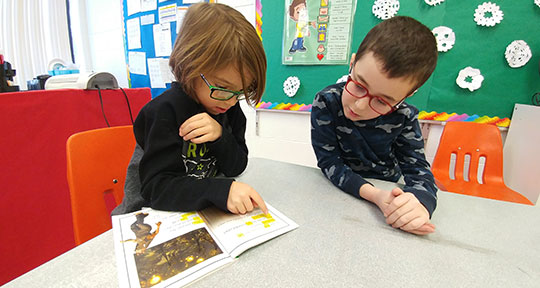
Academic Program
The Diener Difference really shines throughout all of our academic programming. Our small group instruction, multi-sensory learning, and integrative movement supports us in meeting our mission of educating the whole child.
Language Arts
Curriculum
Our curricula provide comprehensive instruction in vocabulary, phonics, phonemic awareness, fluency, and comprehension strategies. We use the following programs:
- Interventions By Design
- Reading A – Z
- Mondo
- Guided Reading with the use of instructional level fiction and non-fiction texts
Supplemental Programs
- Phono-Graphix – a research-based system designed to teach reading and spelling
- Read Naturally – improves comprehension and vocabulary through fluency development
- Orton-Gillingham based Phonics Programs – improves decoding skills
Math
Science
Curriculum: Houghton Mifflin Harcourt (HMH) ScienceFusion
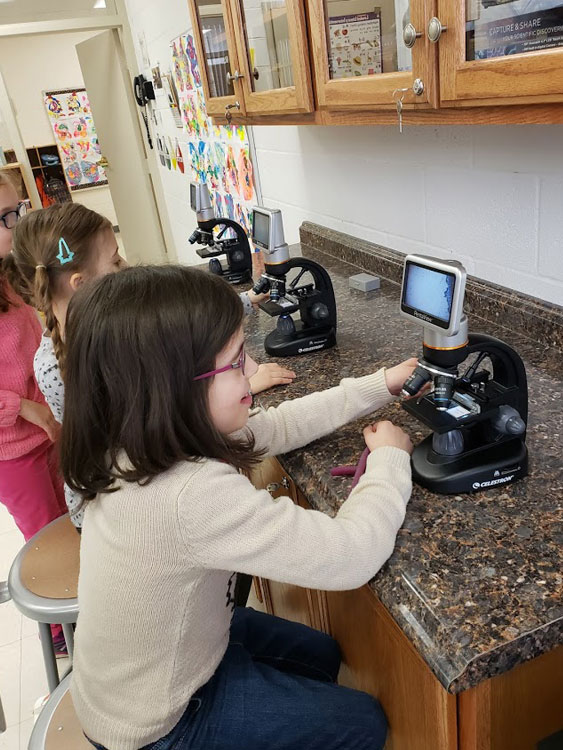
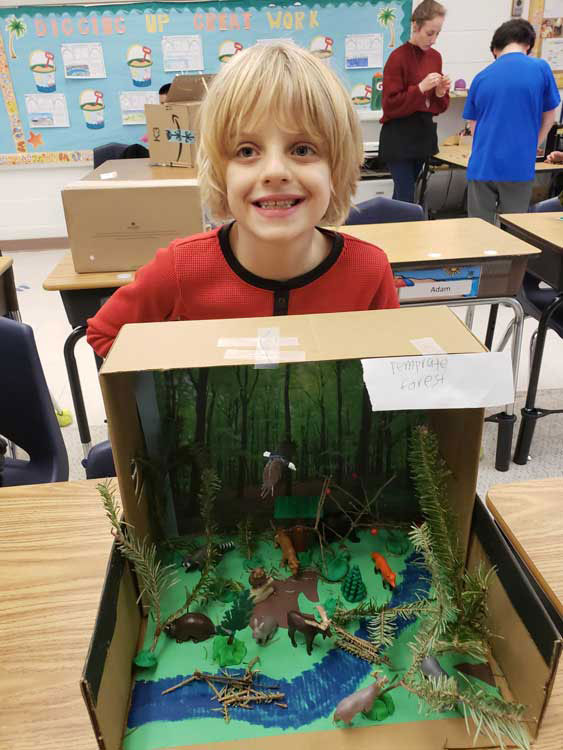

Social Studies
Writing
Curriculum
Handwriting Without Tears — uses fun, engaging, and developmentally appropriate instructional methods to enable children to master handwriting as an automatic and comfortable skill.
Step Up to Writing — a multi-sensory writing strategy designed to help students improve reading and listening comprehension, expand vocabulary, master sentence writing and learn to write effective paragraphs, speeches, essays and reports.
Keyboarding Without Tears — is a web-based curriculum for grades K–5 that teaches pre-typing skills, typing, general computer readiness, digital citizenship, and online test prep.
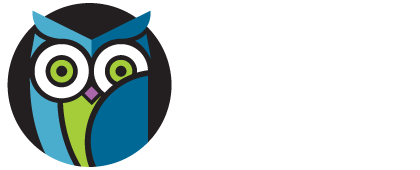

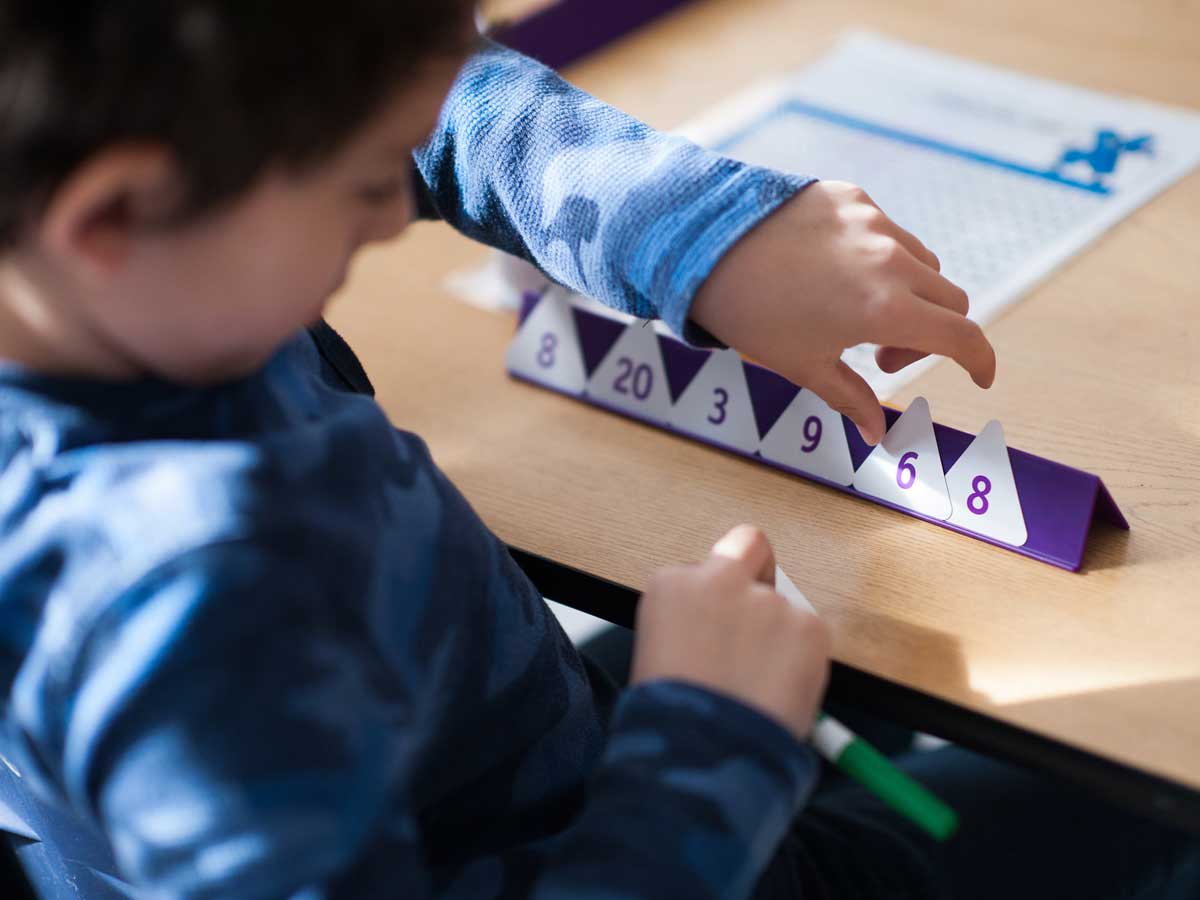
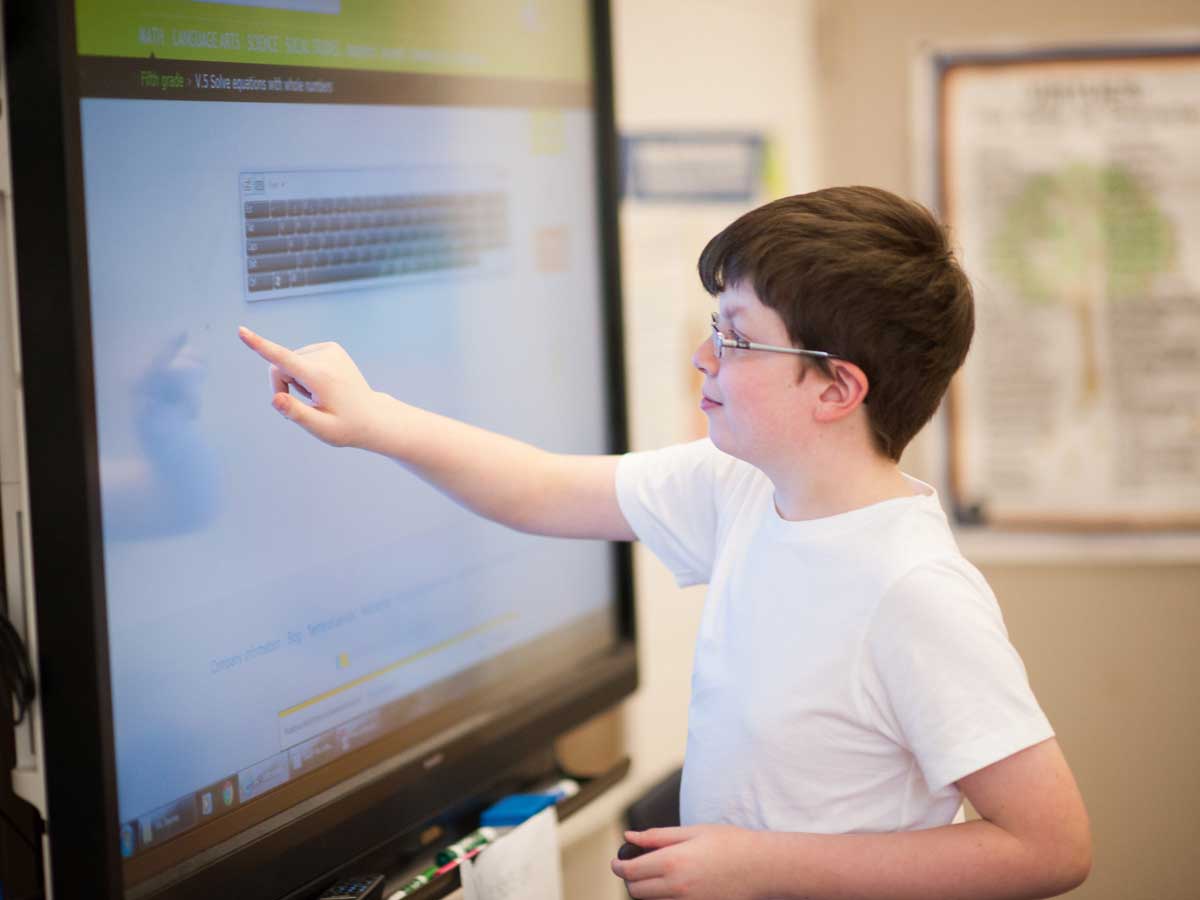




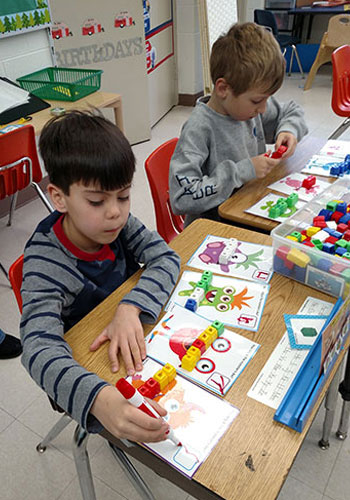

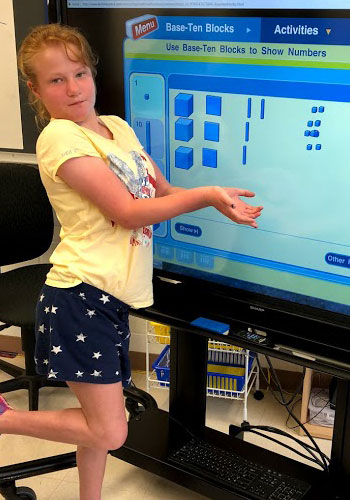

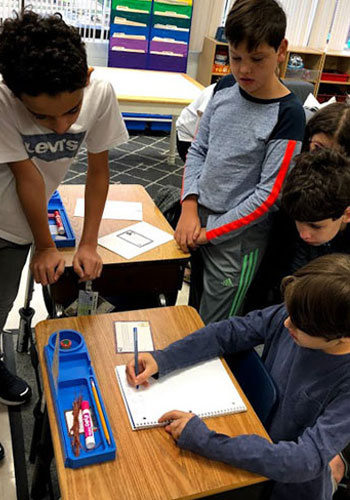
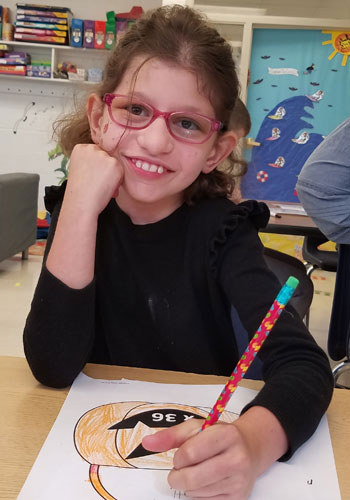
Curriculum: Houghton Mifflin Harcourt (HMH) Kids Discover Social Studies now known as Into Social Studies
Instruction
Students receive whole group instruction
Students learn about various Social Studies and World Events through differentiated instructional tools
This program also provides the reading support and scaffolding needed for each individual child
Students have access to the materials online as well as a magazine-style format
Assessments
Integrated activities and projects guide students to demonstrate what they’ve learned through performance tasks
End of unit quizzes
Discussion prompts